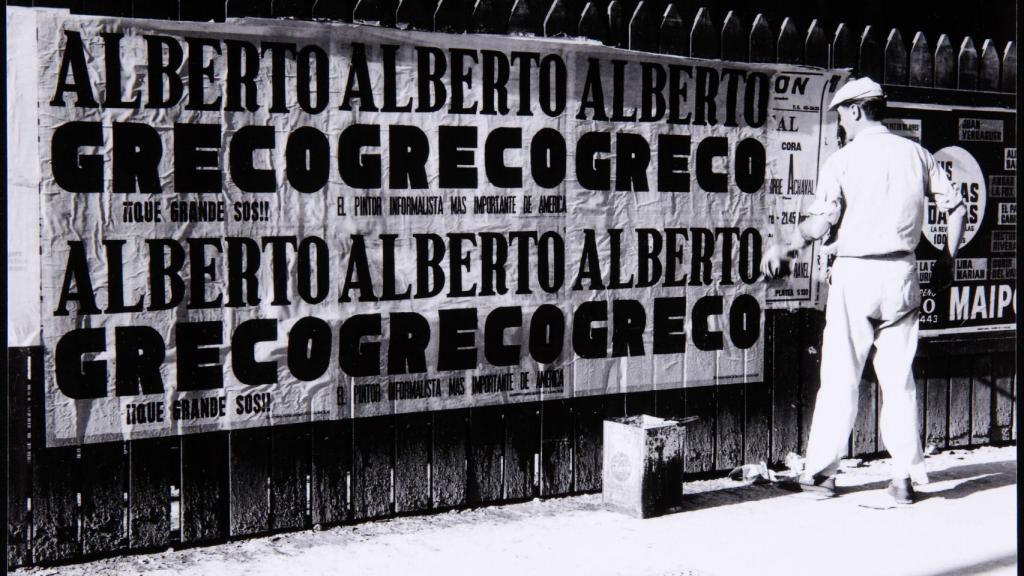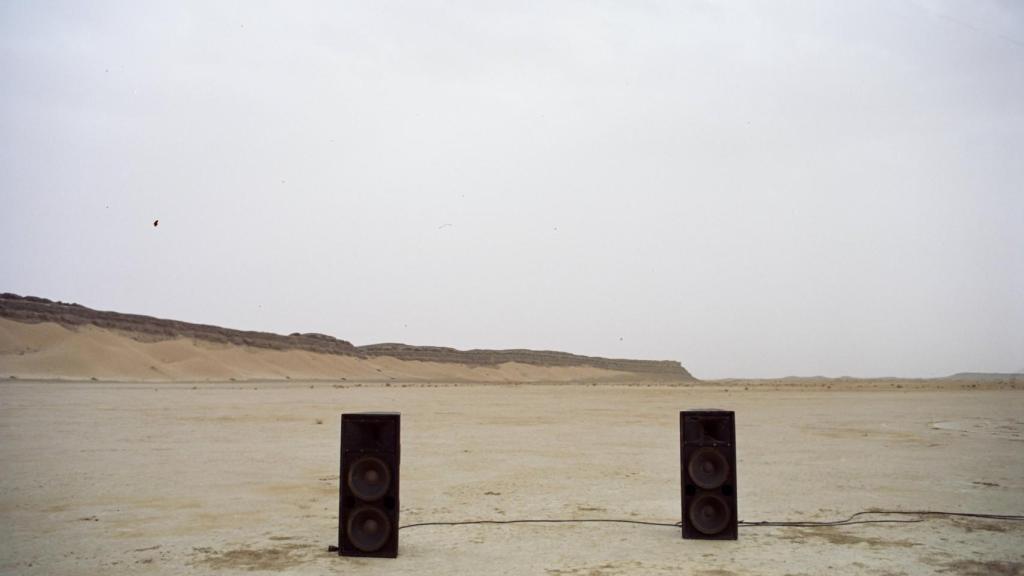The day the Sabatini building was inaugurated, May 26, 1986, the Dragados company continued working at forced marches finishing the works. Only 27% of the museum’s useful surface was accessible. It was a half-speed inauguration.
The journalists had to avoid obstacles while Carmen Giménez, director of exhibitions at the Ministry of Culture, tried to show the three inaugural exhibitions amidst the incessant noise of workers who They kept putting cement on the floors and finishing the electrical installation.
That quick opening has nothing to do with the works being undertaken today. However, they give the starting signal to a new museum for modernity in Spain, to the Reina that we know today.
next year the museum will celebrate the 40th anniversary from towhat a gesture that turned the old illustrated hospital into a living organism for contemporary art, with the first temporary rooms on floors 1 and 2.
This anniversary will be remembered throughout 2026, a fact that its director Manuel Segade announced at a press conference. In it he has presented his new exhibition program, now without debts from the previous director, Manolo Borja-Villel, only the exhibition dedicated to the Buenos Aires native Alberto Greco, who is considered the first artist of performance with a piece of living art from 1962, with pardon the Cabaret Voltaire by Hugo Ball and Tristan Tzara.
Félix González Torres: ‘Untitled’ 1992-1993. Photo: Reina Sofía Museum
This season we will be able to see a new story by Félix González-Torres curated by Alesandro Cesarco and Nancy Spector, rrenowned curator, critic and specialist in contemporary art who has marked the international scene for more than three decades, especially from the Solomon R. Guggenheim Museum in New York, where she served as artistic director.
Besides, we celebrate the arrival of the exhibition Mask and Compass by Maruja Mallo which we will be able to see expanded from October 8 and with more pieces than the one presented at the Botín Center during this summer.
On a pictorial level, Juan Usle presents That ship in the mountain, curated by Ángel Calvo Ulloa, which will open to the public on November 26. A retrospective of his last twenty years of work that will be displayed in ten rooms, configuring a non-chronological story.
Another of the highlights will be the exhibition that will be based on the latest film by Oliver Laxe, which by the way will represent us at the 2026 Oscars, and other pieces by the filmmaker will also be presented. With this proposal, the museum inaugurates the new programming of Space 1, dedicated
from now on to artistic practices in cinema and new media.
Andrea Canepa (Lima, 1980) will intervene tarpaulins covering the Crystal Palace of the
Retiro Park during ongoing restoration works. Canepa’s work is based on his deep interest in the way in which objects, spaces and cultural structures construct narratives about memory and collective identity.
Also worth highlighting is the universe of Aurèlia Muñoz (Barcelona, 1926-2011) populated by
inexhaustible beings: figures without defined gender, characters halfway between
human and animal, textile bodies loaded with presence, vegetal architectures,
suspended fabrics, kite-birds. Starting April 26, 2026.

Alberto Greco: ‘How great you are’, 1961. Photo: Reina Sofía Museum
Finally The pilgrim pearl will bring together, in June, a set of significant works by Fernando Sánchez Castillo (Madrid, 1970), delving into the great theme that has defined the artist’s practice: culture as a means of critical reflection and intervention in the narratives of power and social and cultural memory.
The collection presentation of the museum can be seen in February, in a new story of the last 50 years told from Spain, through the work of more than two hundred artists. A rereading that will last at least three years and will present new pieces, yet to be revealed.

Oliver Laxe: ‘HUهُوَ. Dance as if no one was watching’, 2025. Photo: Reina Sofía Museum
Furthermore, it begins a cycle of interventions in the collection itself which consist of juxtaposing an equivalent to Guernica from another time or geopolitical context, contextualized by an academic work of art history as an interpretive framework. The title of the cycle, History does not repeat itself, but it rhymes, It is a phrase traditionally attributed to the writer Mark Twain, but apocryphal, never written by the author.
The first cycle of the series, curated by the art historian and professor at the University of London Tamar Garb, brings Picasso’s work (1937) into dialogue with African Guernica (1967) de Dumile Feni.
Also worth highlighting is the center’s new website, more visual and adapted to all the information it contains.
The post This is the new programming that celebrates its 40 years appeared first on Veritas News.
